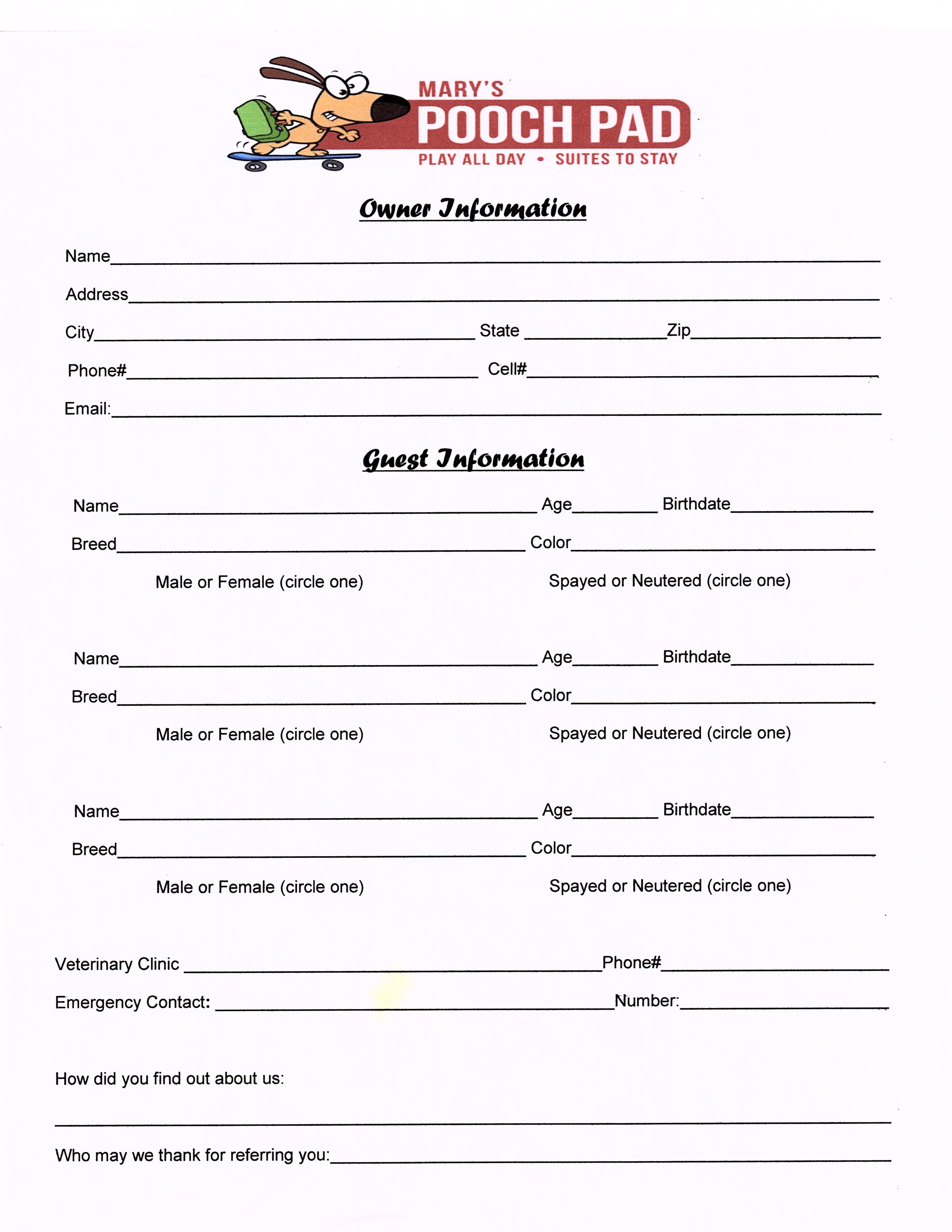6 Genius Tips for Organizing Your Home Paperwork
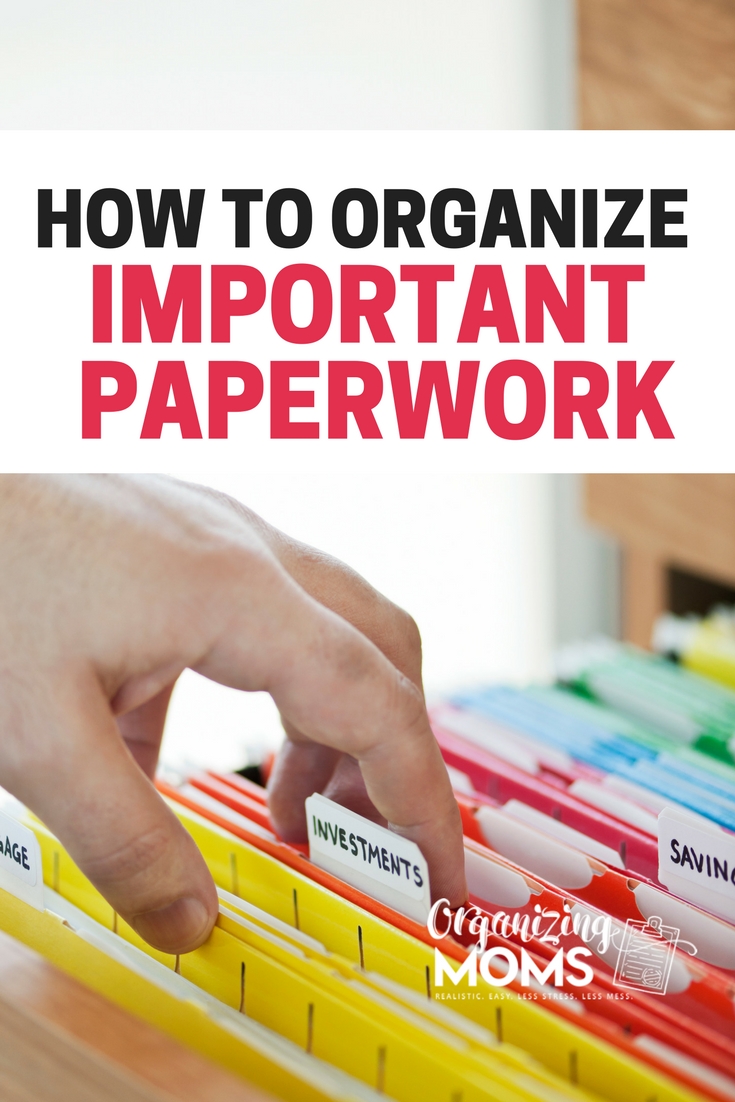
In today's fast-paced digital age, where we often think we've gone paperless, we somehow still find ourselves swamped by paper. From bills, and receipts to important legal documents, managing paperwork can be a daunting task. But fear not! With the right strategies, organizing your home paperwork can become less of a chore and more of a seamless, even enjoyable, part of your routine. Let's dive into some genius tips to make your paperwork management a breeze.
Tip 1: Implement a Filing System
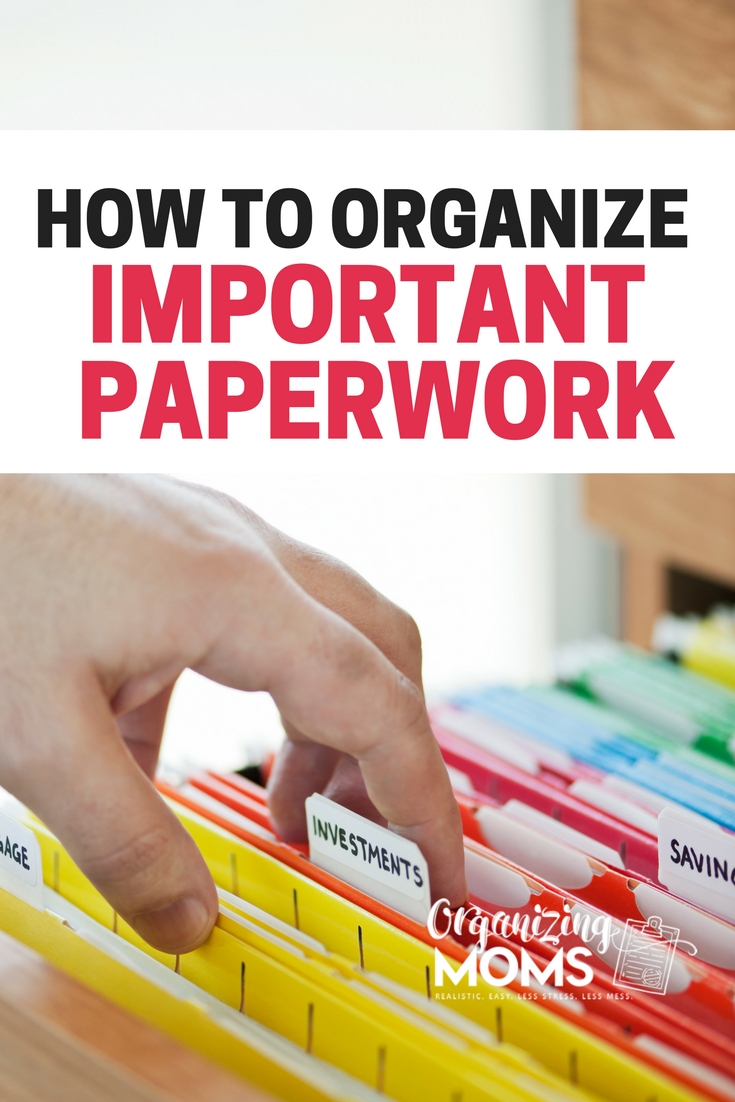
The cornerstone of effective paper organization is a robust filing system. Here’s how you can create one:
- Choose Your Filing System: Whether it’s a cabinet, a drawer, or a portable filing box, pick something that suits your space and needs.
- Sort and Categorize: Begin by sorting documents into categories like "Financial," "Legal," "Medical," "Home," etc.
- Label Clearly: Use clear, descriptive labels. If you need to retrieve something quickly, "Bank Statements 2023" is much more helpful than "Miscellaneous."
📚 Note: Keep a "To File" folder for immediate sorting of incoming paperwork to prevent clutter buildup.
Tip 2: Digitize Where Possible

Going digital reduces the physical space needed for paperwork and makes retrieval easier:
- Scan Documents: Invest in a scanner or use your smartphone to scan documents. Apps like Adobe Scan or CamScanner can turn your phone into a portable scanner.
- Cloud Storage: Use cloud services like Google Drive, Dropbox, or OneDrive to store digital copies securely. Set up an organized folder structure mirroring your physical filing system.
🔍 Note: Some documents need to be kept physically for legal reasons, but digitizing reduces the clutter and makes sharing easier.
Tip 3: Shred, Shred, Shred
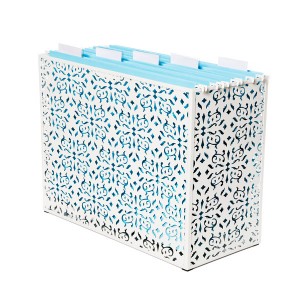
Once you've digitized documents or if they've passed their retention period:
- Invest in a Good Shredder: Choose one that can handle the volume of paper you typically shred.
- Shredding Policy: Establish rules for what needs shredding, like bank statements after three years, or personal information once it's no longer needed.
Tip 4: Use Color Coding
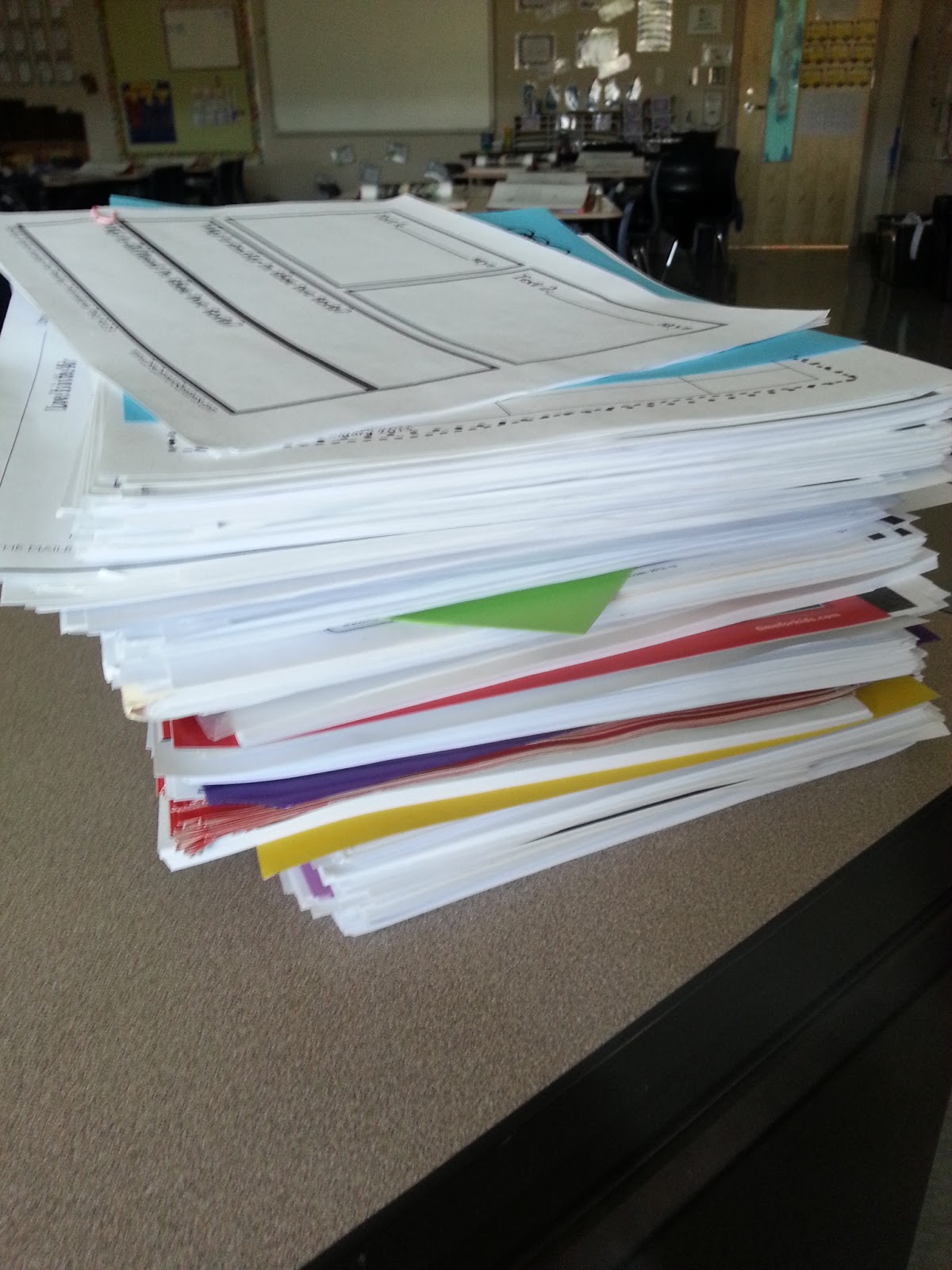
Color coding can make finding documents even quicker:
- Colors for Categories: Assign a color to each category. For example, red for financial, blue for medical.
- Color-Coded Tabs: Use colored tabs or labels to mark important sections within a folder.
Tip 5: Create a System for Mail and Receipts
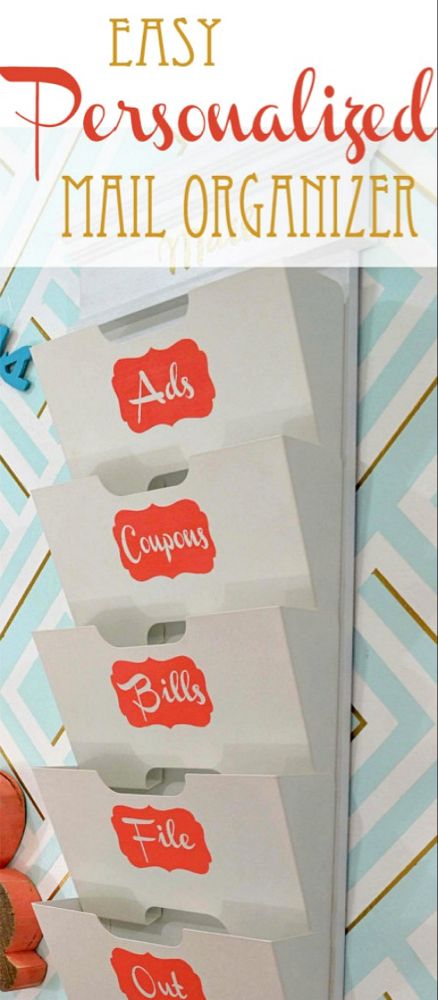
Avoid the paper pile-up with these strategies:
- Immediate Action: Sort mail as it comes in. Toss junk, file documents, and set bills aside for payment.
- Digital Receipts: Request digital receipts where possible. For physical receipts, consider using apps like Receipt Bank or Evernote to organize them.
Tip 6: Schedule Regular Reviews
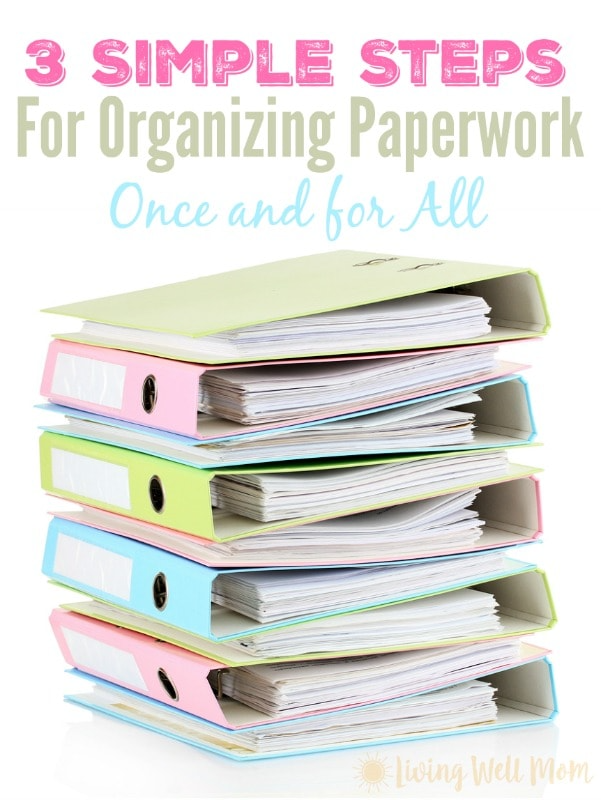
Set aside time to review and declutter:
- Monthly Reviews: Each month, review your files to ensure everything is in its place and nothing is overdue.
- Yearly Overhaul: Once a year, go through your filing system. Shred old documents, update categories, and digitize any remaining important paperwork.
Organizing your home paperwork doesn't have to be a dreaded task. With these six genius tips, you can transform how you manage paper documents, making the process more efficient and less time-consuming. Remember, the key is consistency and setting up systems that work for your lifestyle. Once you have your system in place, maintaining it will become second nature. By integrating these practices, you'll not only clear physical space but also free up mental space, allowing you to focus on more important aspects of your life.
What is the best way to categorize paperwork?
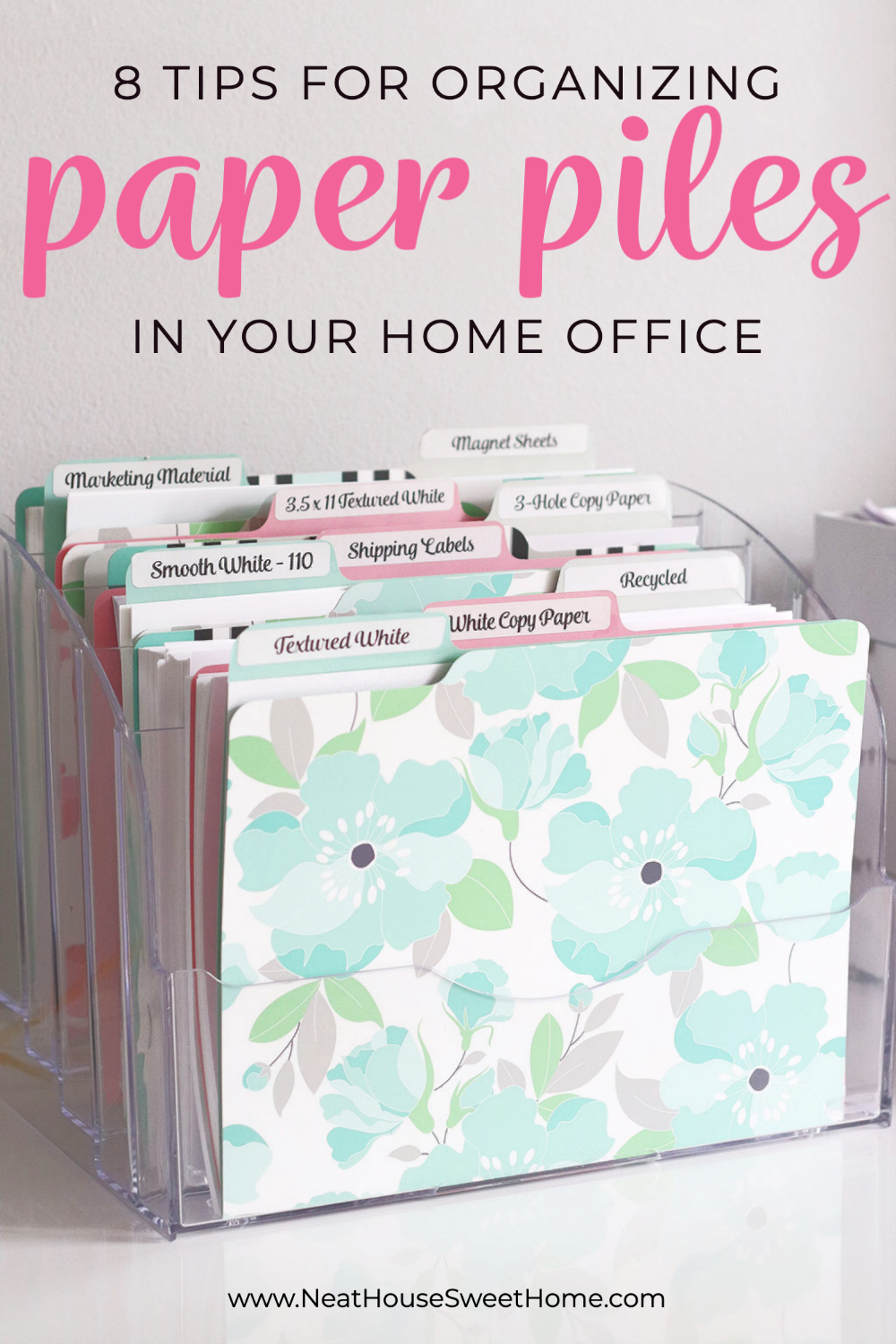
+
The best categorization often revolves around the type of document or its purpose: Financial (bills, statements), Legal (contracts, deeds), Medical (insurance, health records), Personal (passports, certificates), Home (warranties, manuals), and Miscellaneous for anything that doesn’t fit neatly into these categories. Customize as per your needs.
How often should I review my paperwork?

+
A monthly review can keep things manageable, but a thorough yearly overhaul ensures long-term organization. Adjust the frequency based on how much paperwork you handle.
Is it safe to store important documents digitally?
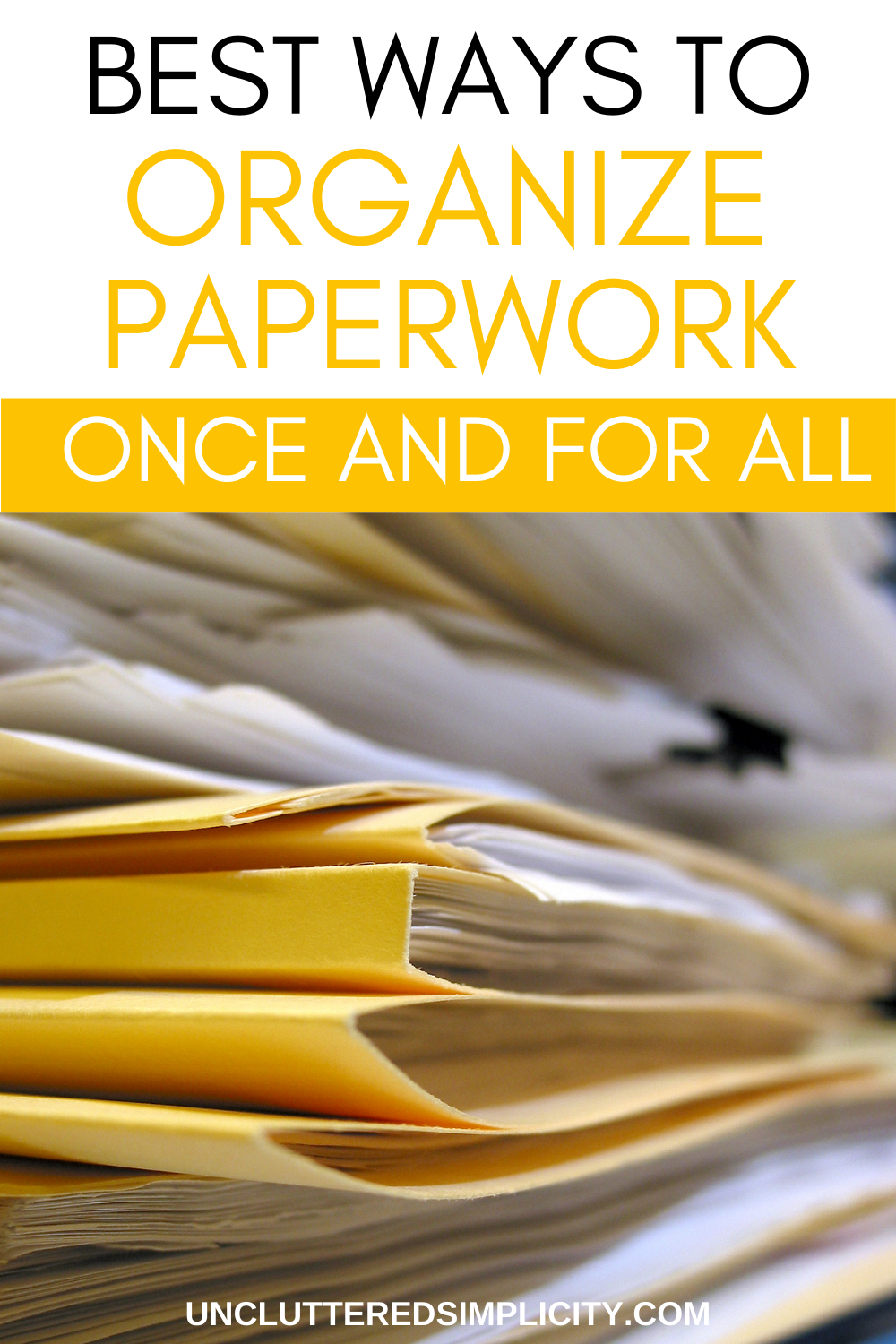
+
Yes, if done correctly. Use reputable cloud storage with robust security features. Encrypt sensitive documents, and always keep a backup. However, for certain legal documents, having a physical copy is advisable for legal purposes.
What documents should I keep physically?
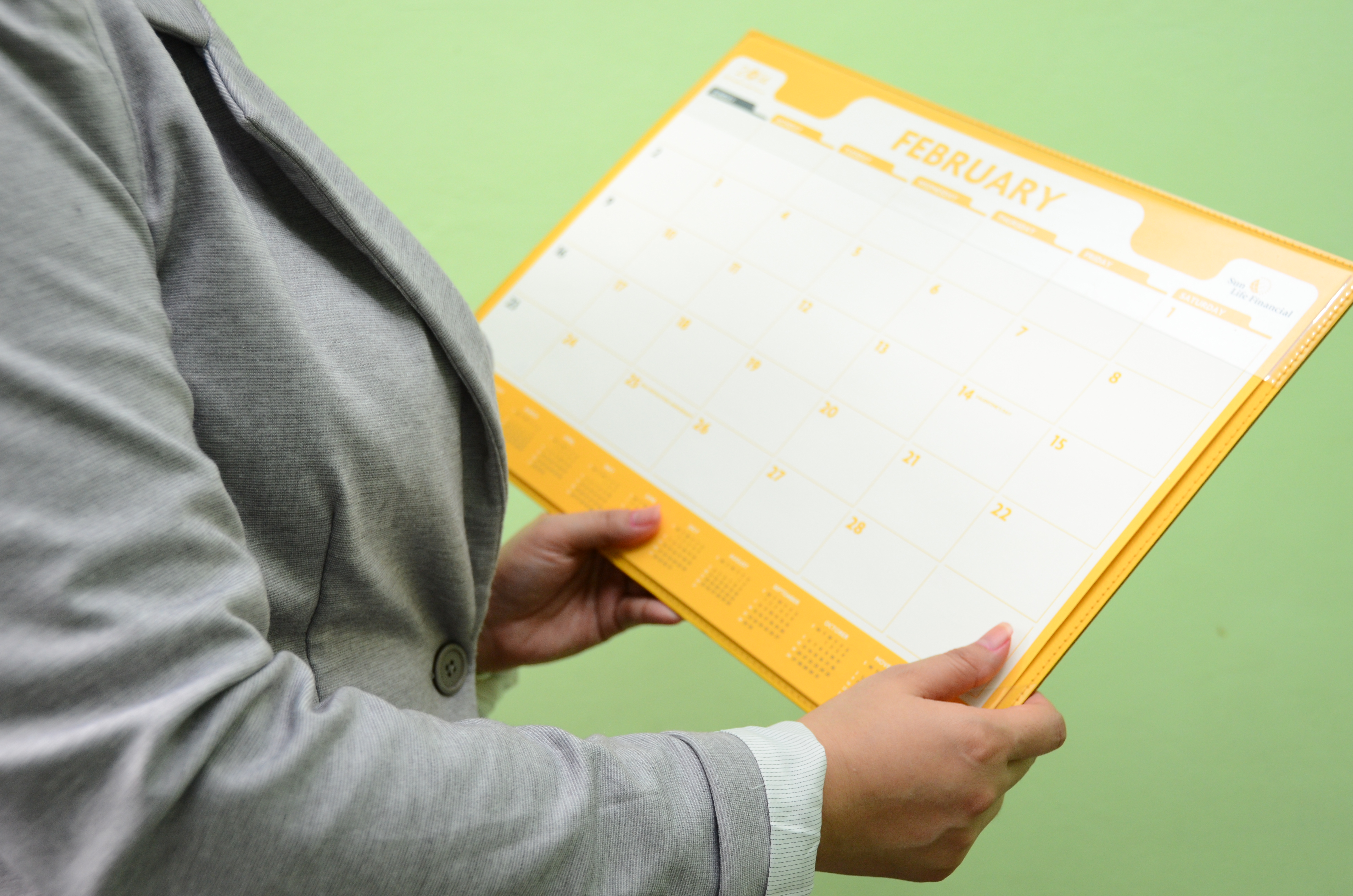
+
Documents that require physical signatures or might need to be presented in court, like wills, trusts, original birth certificates, property titles, and certain legal contracts, should be kept in physical form.



